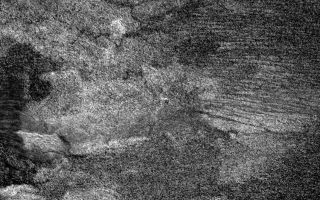
PIA08426: Radar Images Shikoku - "Great Britain"
|
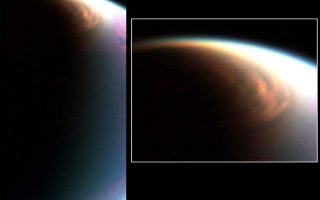
PIA09171: Titan's Giant North Pole Cloud
|
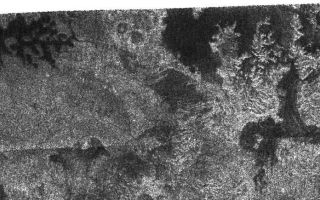
PIA01943: Lakes and more lakes
|
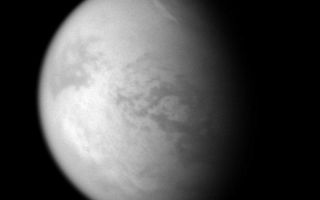
PIA09846: Alien Weather
|
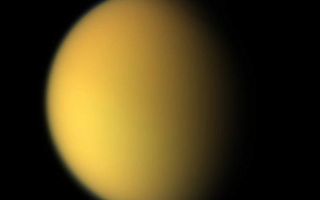
PIA06230: Cassini's View of Titan: Natural Color Composite
|

PIA06541: Titan's Dark Terrain
|
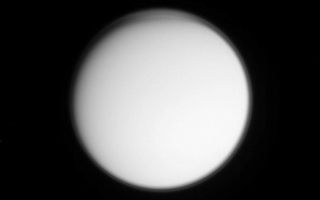
PIA06120: High in the Titan Atmosphere
|
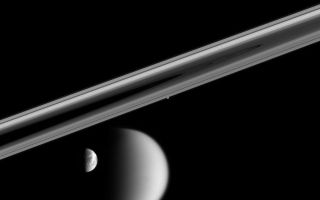
PIA07644: When Moons Align
|
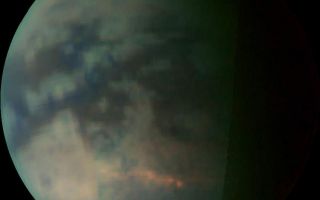
PIA08736: Clouds over Titan
|
![<h1>PIA09176: Ganesa Macula</h1><div class="PIA09176" lang="en" style="width:800px;text-align:left;margin:auto;background-color:#000;padding:10px;max-height:150px;overflow:auto;"><p>This radar image of Titan shows Ganesa Macula, interpreted as a cryovolcano (ice volcano), and its surroundings. Cryovolcanism is thought to have been an important process on Titan and may still be happening today. </p><p>This mosaic was made from images obtained by the Cassini radar mapper on two flybys. The lower part of the image was from the flyby on Oct. 26, 2004, while the upper part was from the Jan. 13, 2007, flyby. Ganesa macula is the dark circular feature seen on the lower left of the mosaic. Bright rounded features, interpreted as cryovolcanic flows, are seen towards the top and the right of the mosaic. </p><p>This image mosaic was taken in synthetic aperture mode. The resolution of the images is approximately 350 meters (1,150 feet). North is toward the top. The image mosaic is about 570 kilometers (354 miles) wide and 390 kilometers (240 miles) high. </p><p>The Cassini-Huygens mission is a cooperative project of NASA, the European Space Agency and the Italian Space Agency. The Jet Propulsion Laboratory, a division of the California Institute of Technology in Pasadena, manages the mission for NASA's Science Mission Directorate, Washington, D.C. The Cassini orbiter was designed, developed and assembled at JPL. The radar instrument was built by JPL and the Italian Space Agency, working with team members from the United States and several European countries. </p><p>For more information about the Cassini-Huygens mission visit <a href="http://saturn.jpl.nasa.gov">http://saturn.jpl.nasa.gov/home/index.cfm</a>.</p><br /><br /><a href="http://photojournal.jpl.nasa.gov/catalog/PIA09176" onclick="window.open(this.href); return false;" title="Voir l'image PIA09176: Ganesa Macula sur le site de la NASA">Voir l'image PIA09176: Ganesa Macula sur le site de la NASA.</a></div>]()
PIA09176: Ganesa Macula
|
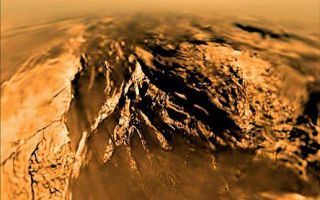
PIA08118: A View from Huygens - Jan. 14, 2005
|
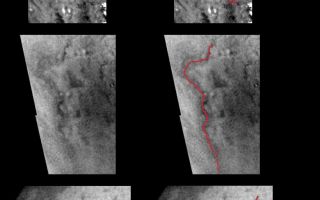
PIA06202: Tracing Surface Features on Titan--Close-Ups
|
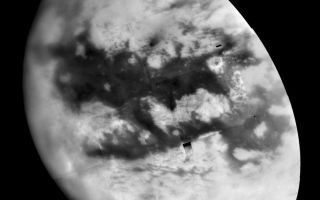
PIA07755: Naming New Lands - September Flyby
|
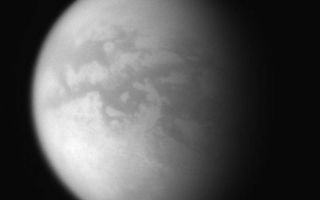
PIA08246: Outbound View
|
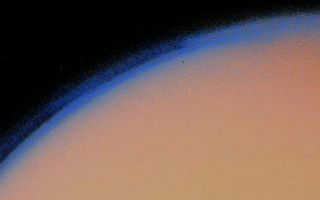
PIA02238: Titan's thick haze layer
|
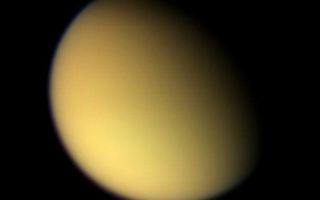
PIA07729: Looking on the Brightside of Titan
|

PIA10459: Far from Titan
|
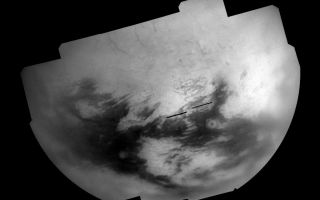
PIA08945: Titan "T28" Mosaic
|
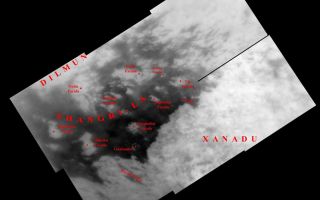
PIA07752: Naming New Lands - October Flyby (annotated)
|
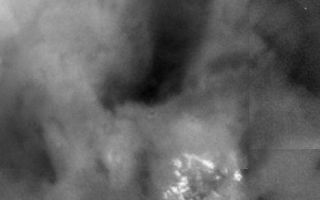
PIA06112: Titan Close-up
|
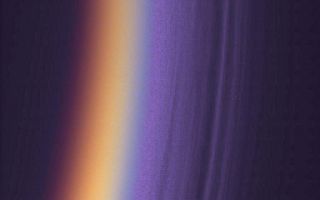
PIA06160: Titan's Many Layers
|
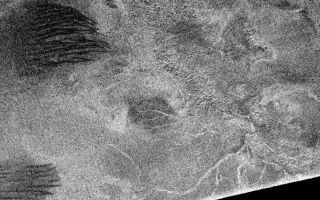
PIA03555: Titan, a Geologically Dynamic World
|
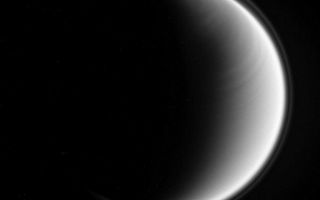
PIA08868: Bands of Titan
|
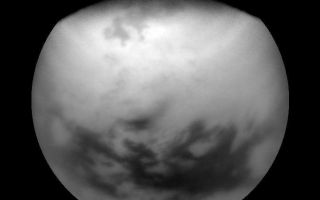
PIA08930: Seeing Farther North
|
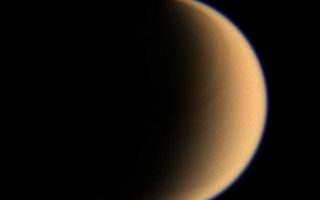
PIA08879: The Banded North
|
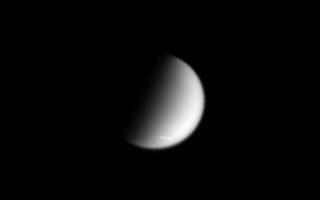
PIA06510: Titan's Polar Streak
|

PIA06434: Huygens Descent Sequence (Artist's Concept)
|
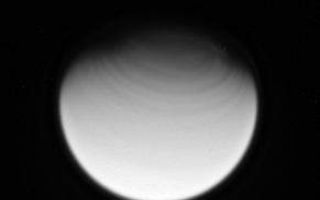
PIA08928: Northern Bands
|

PIA09184: Titan Sea and Lake Superior
|
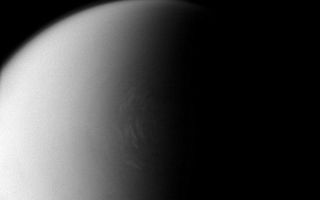
PIA10434: Polar Clouds on Titan
|